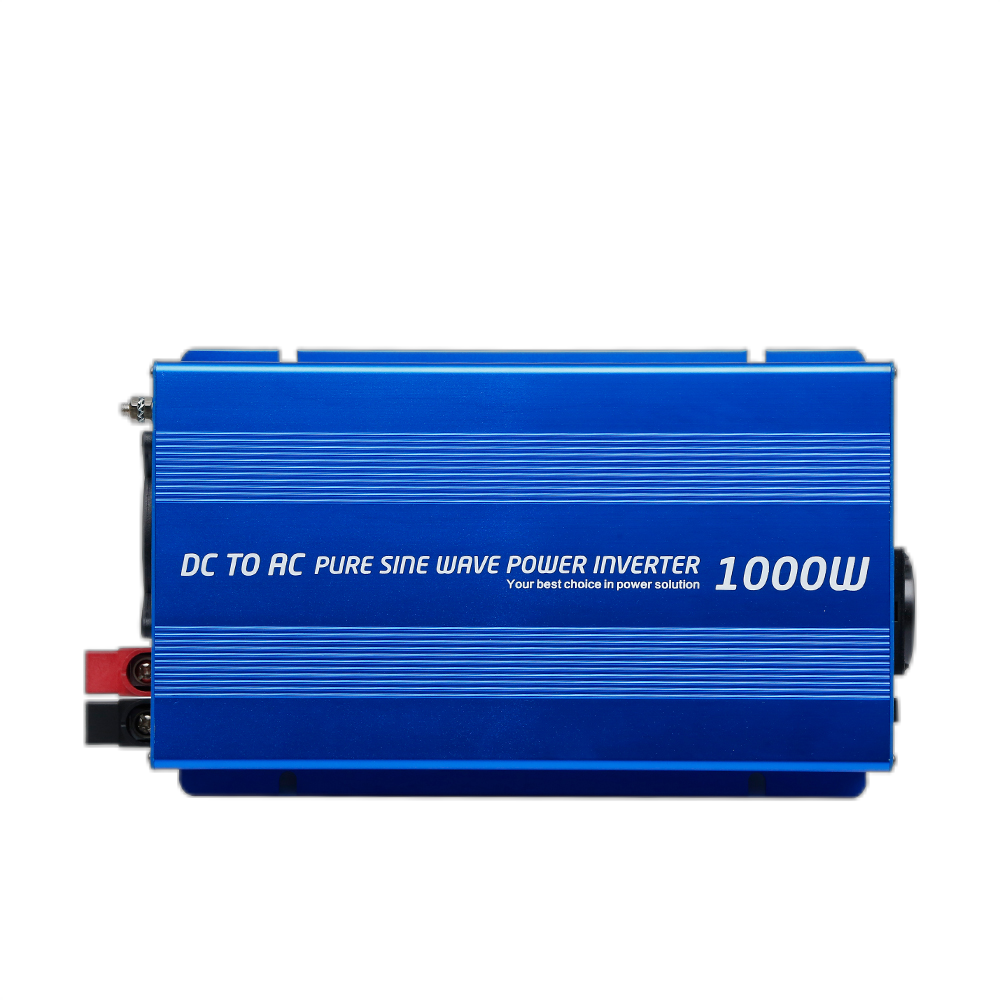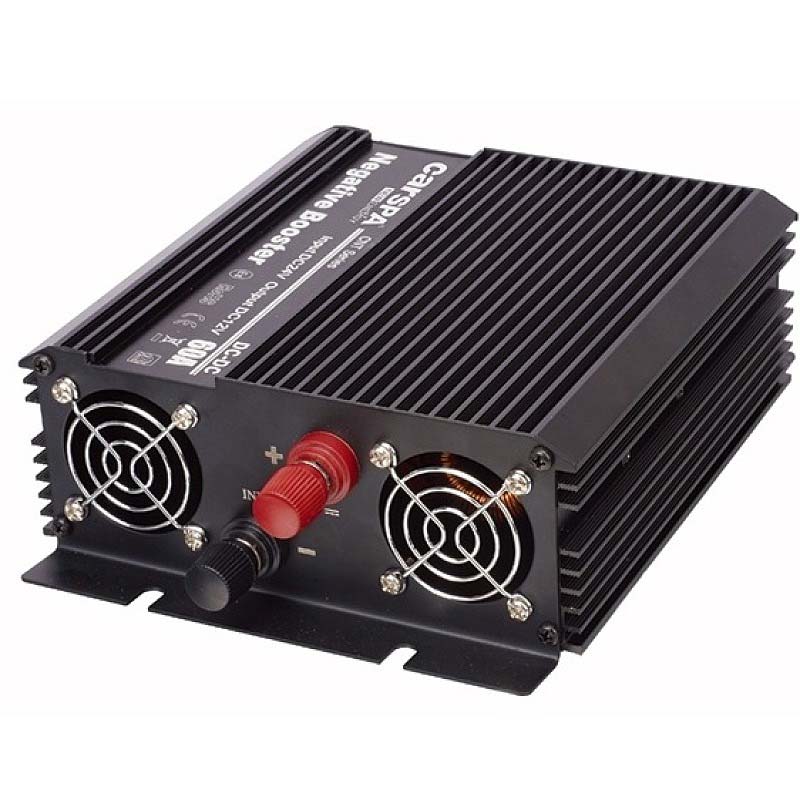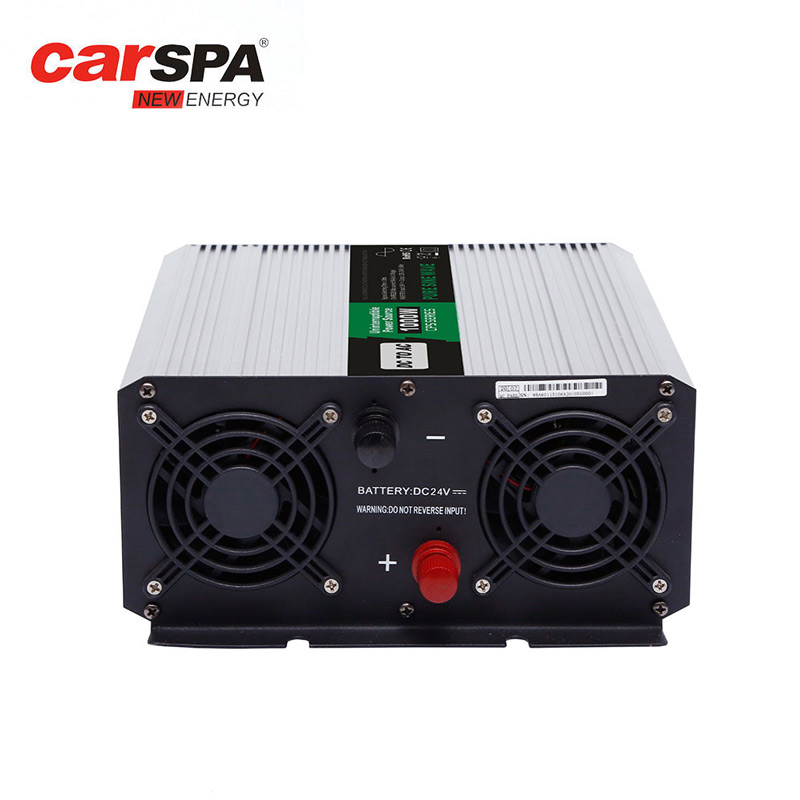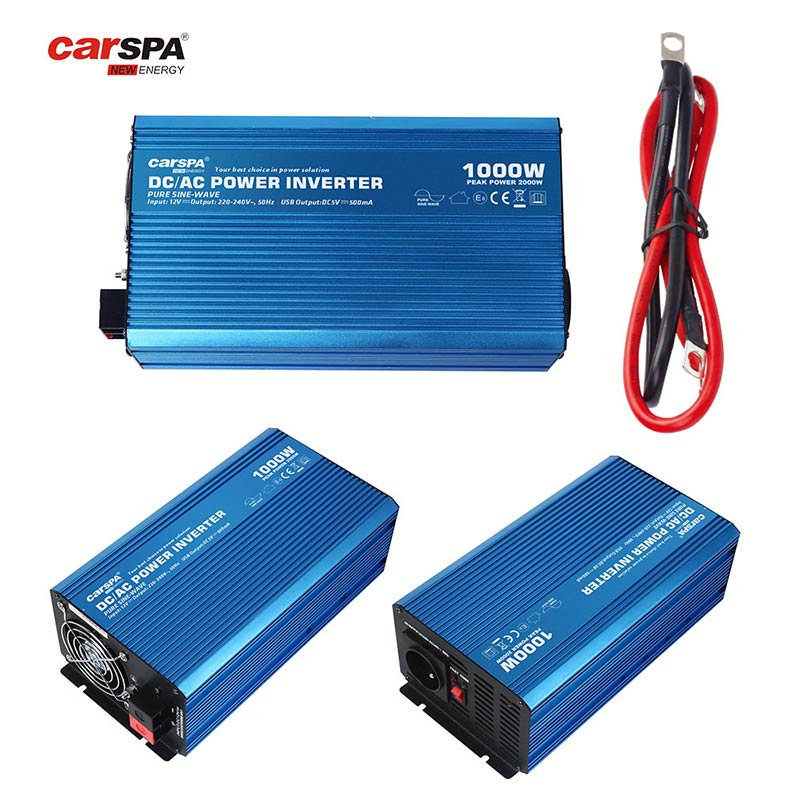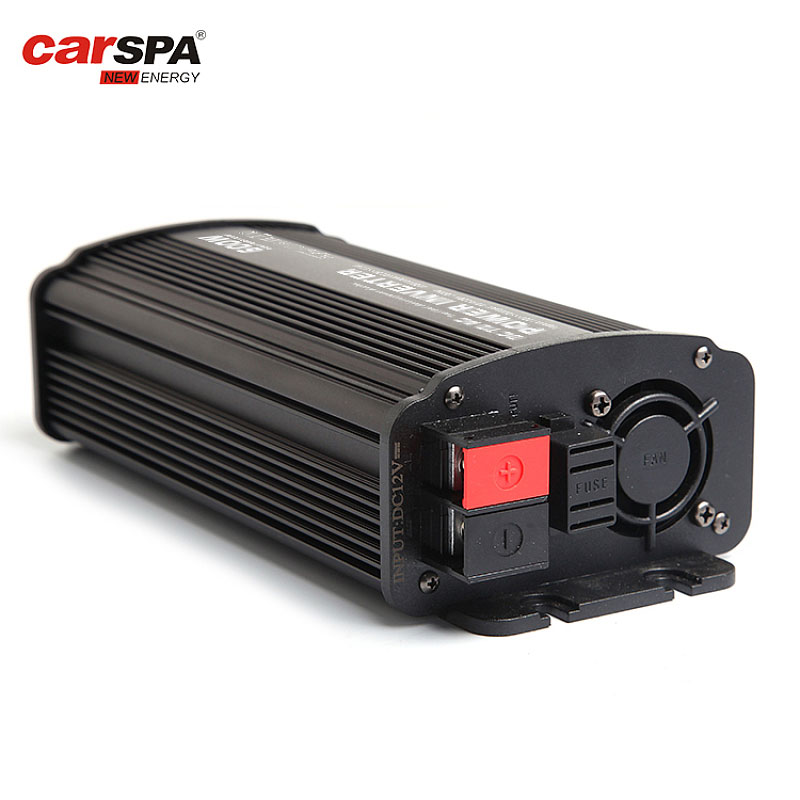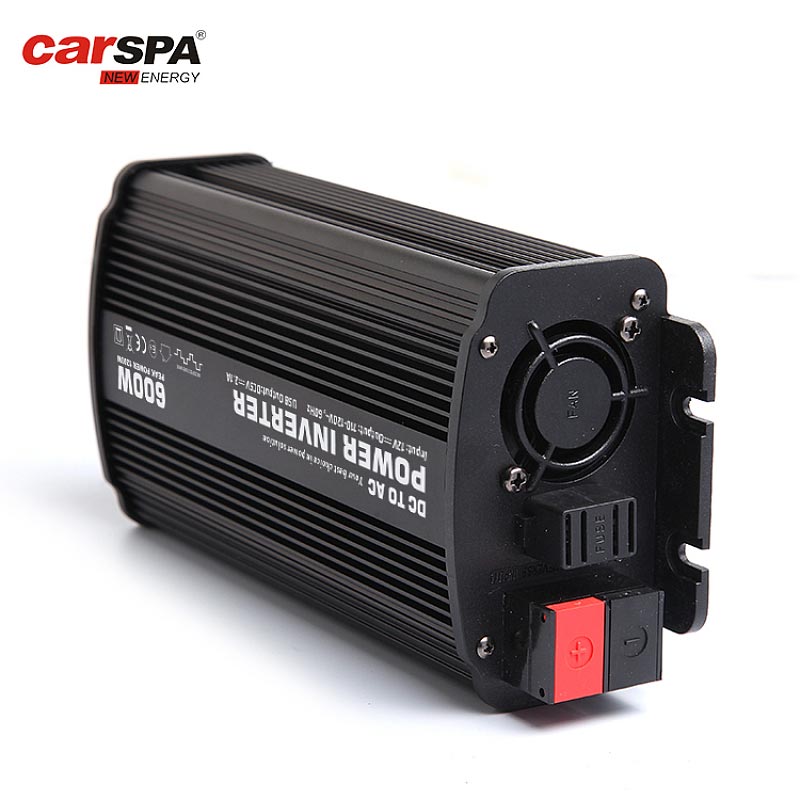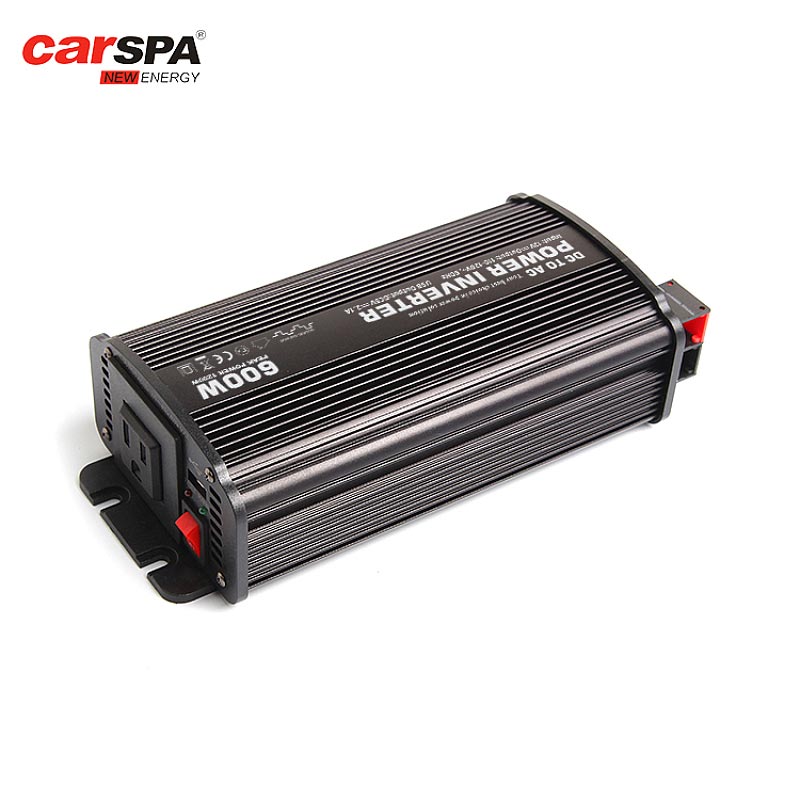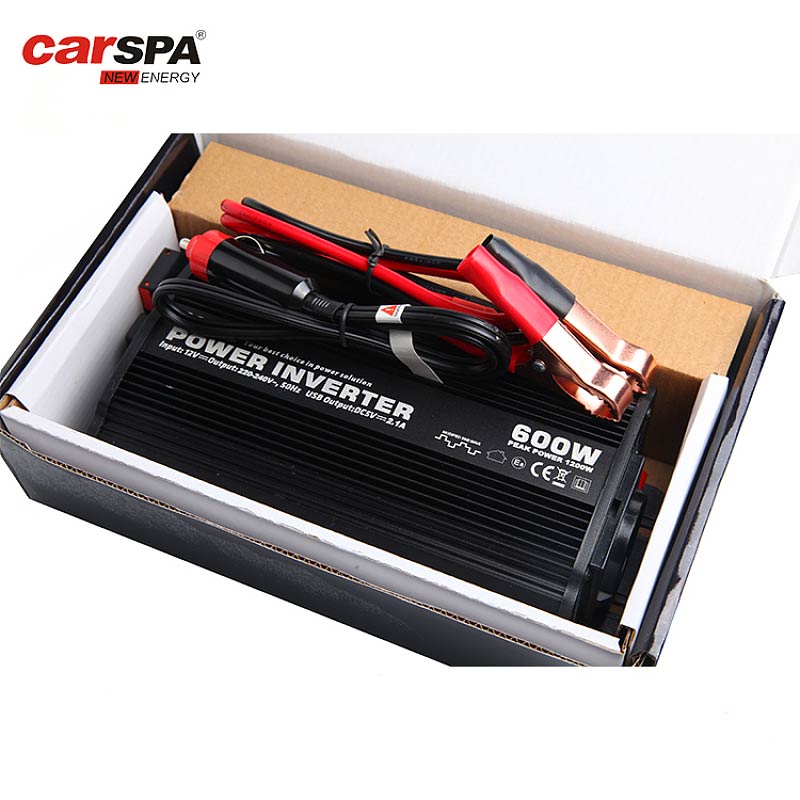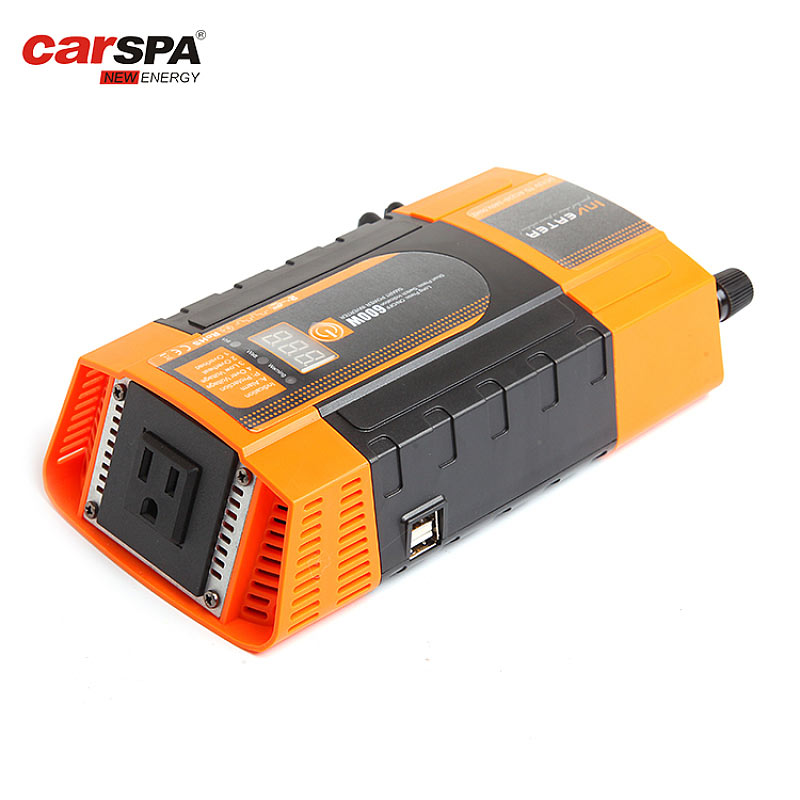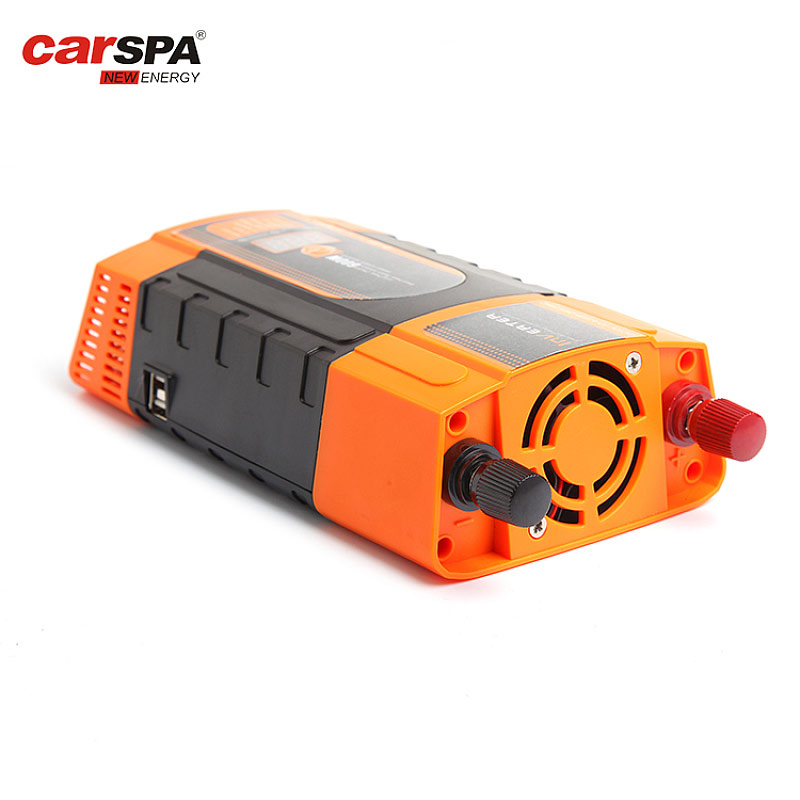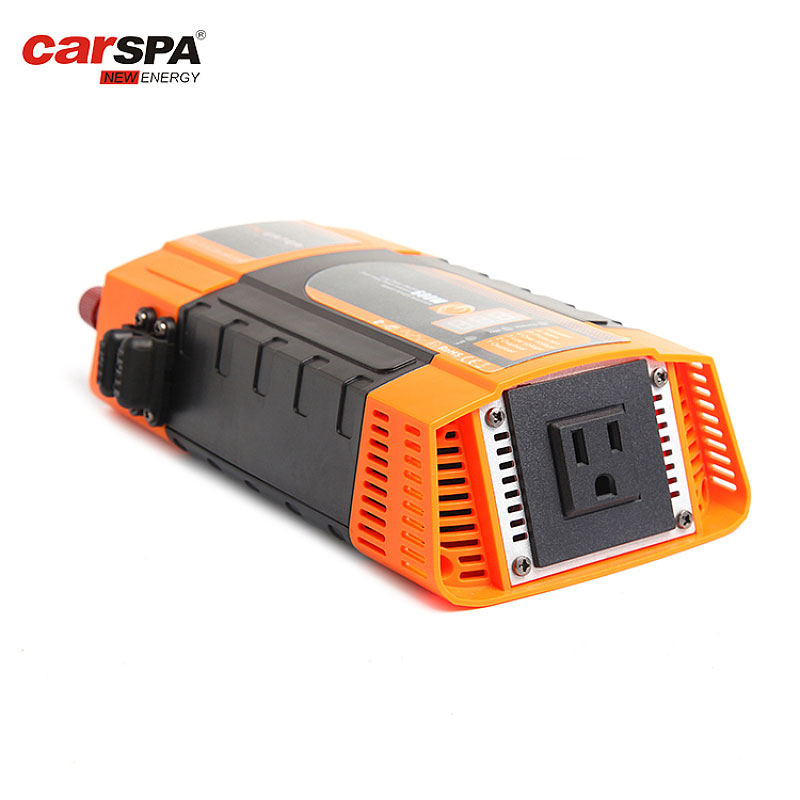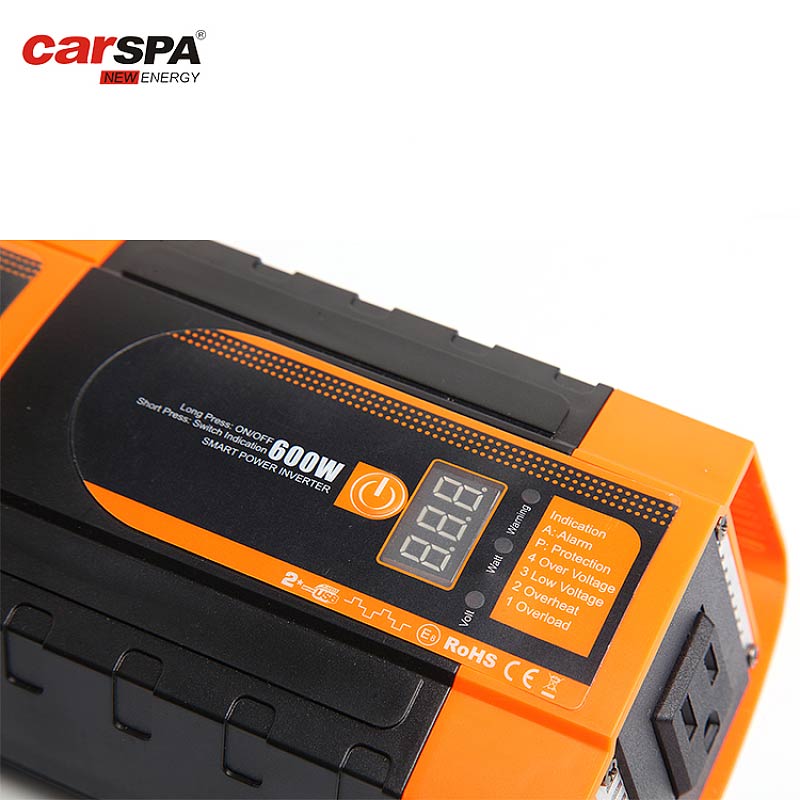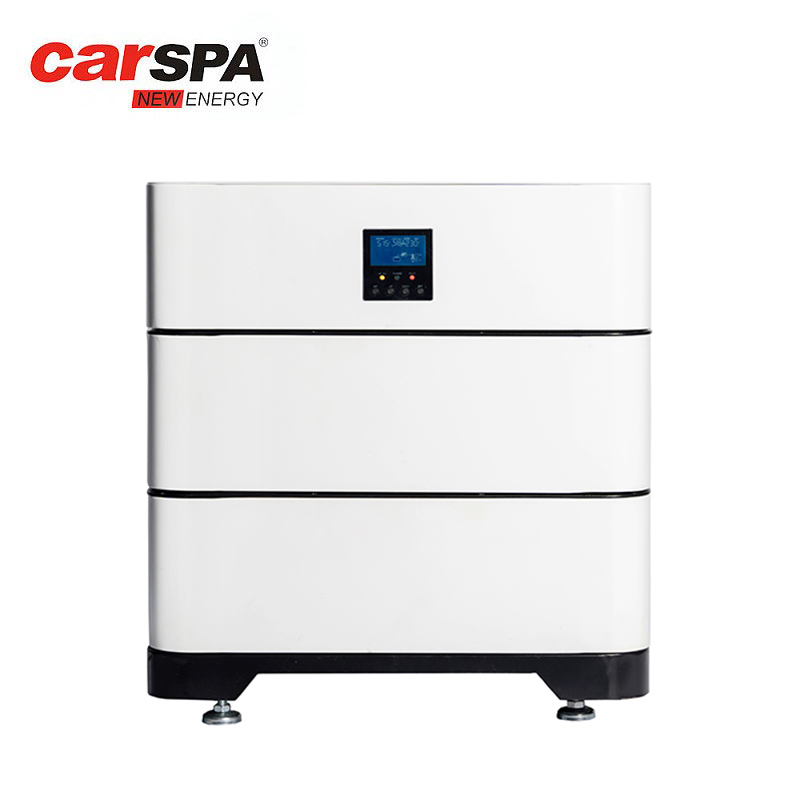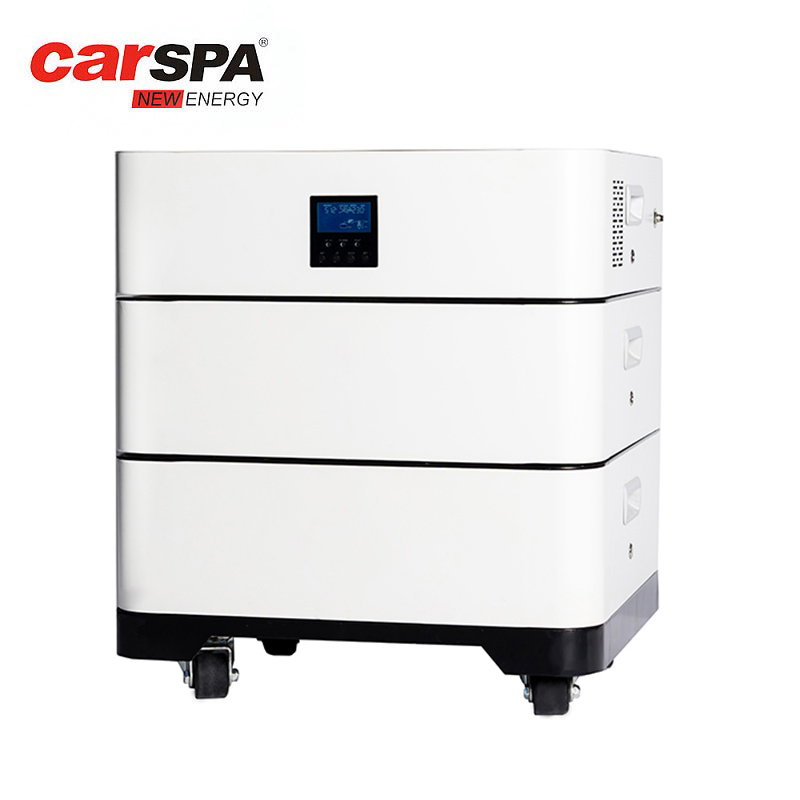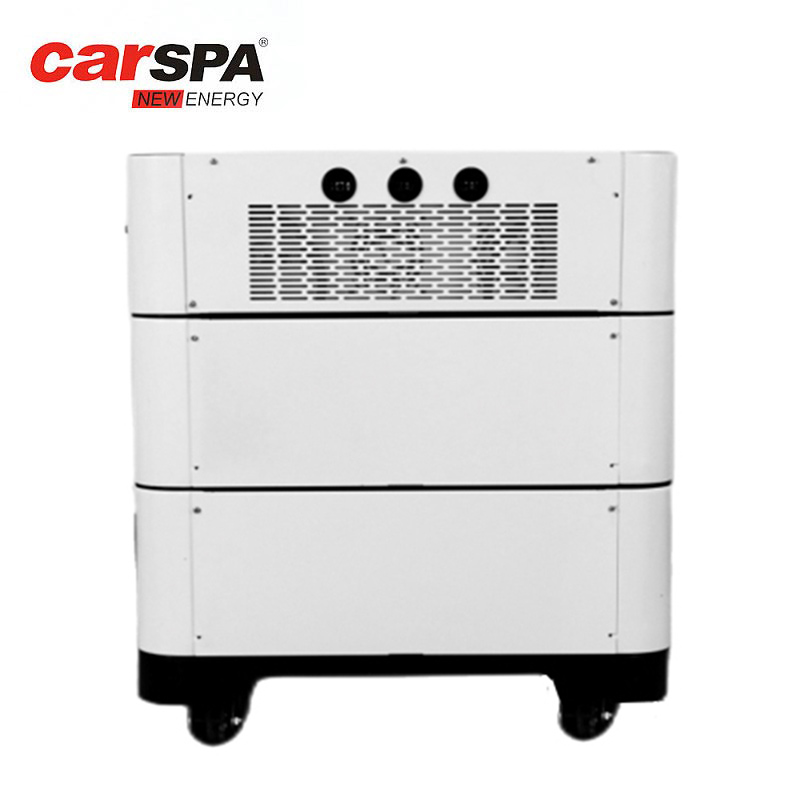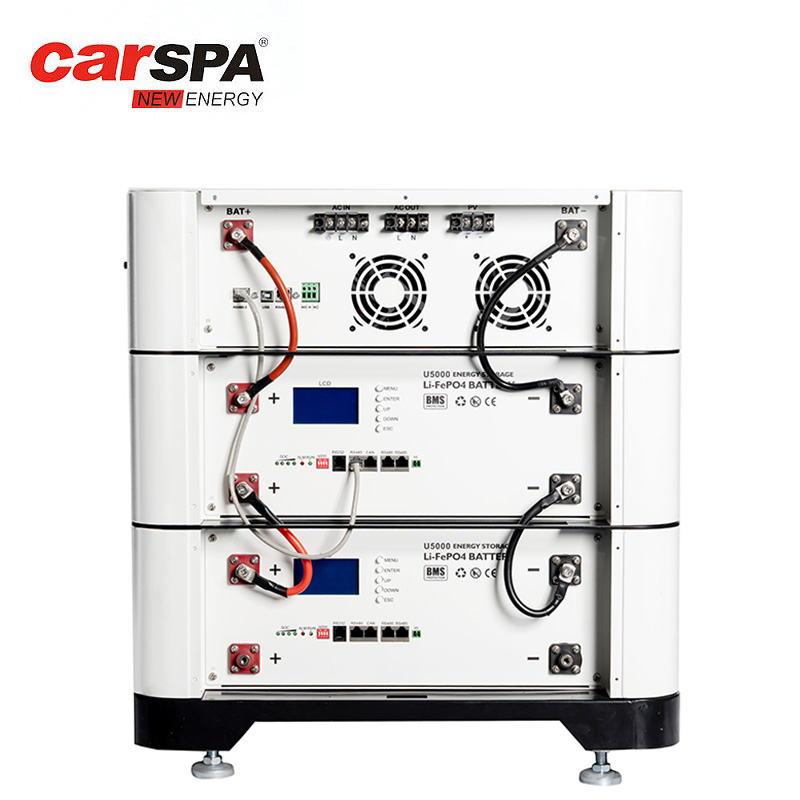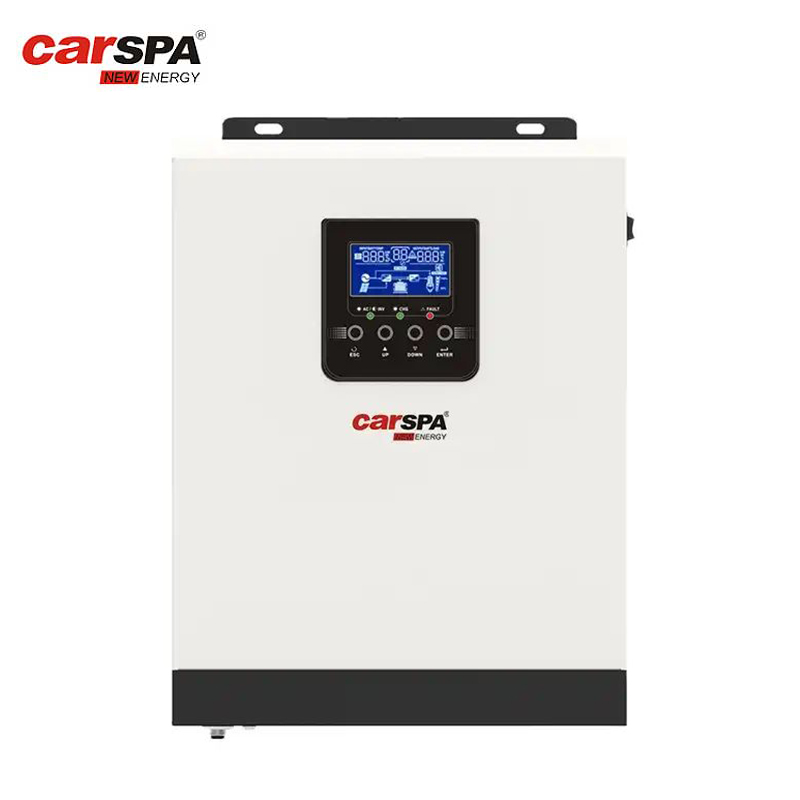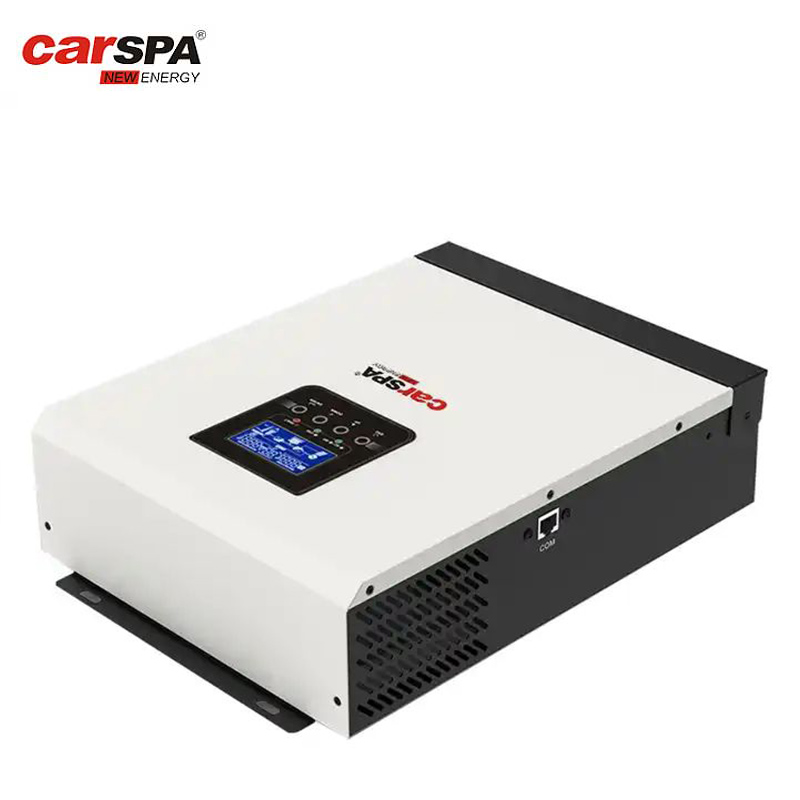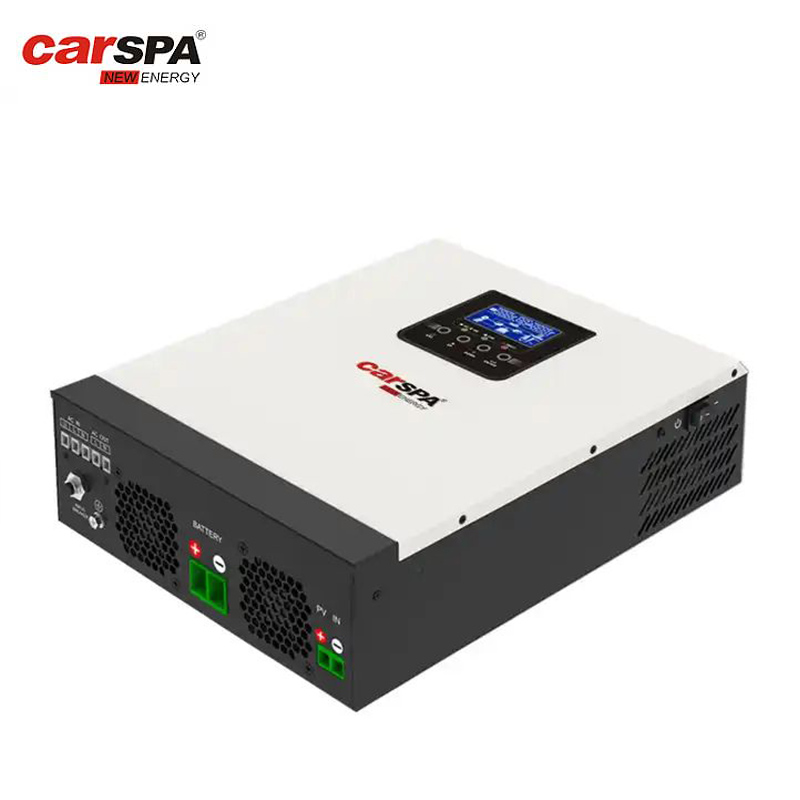What should you pay attention to when buying a 1000 watt power inverter?
In modern life, whether camping, traveling or in the event of an emergency power outage, inverters have become one of the essential power tools. 1000 watt power inverters, in particular, have become the backup power source of choice for many outdoor enthusiasts and small homes due to their modest power capabilities. So, what should you pay attention to when buying a 1000 watt power inverter?
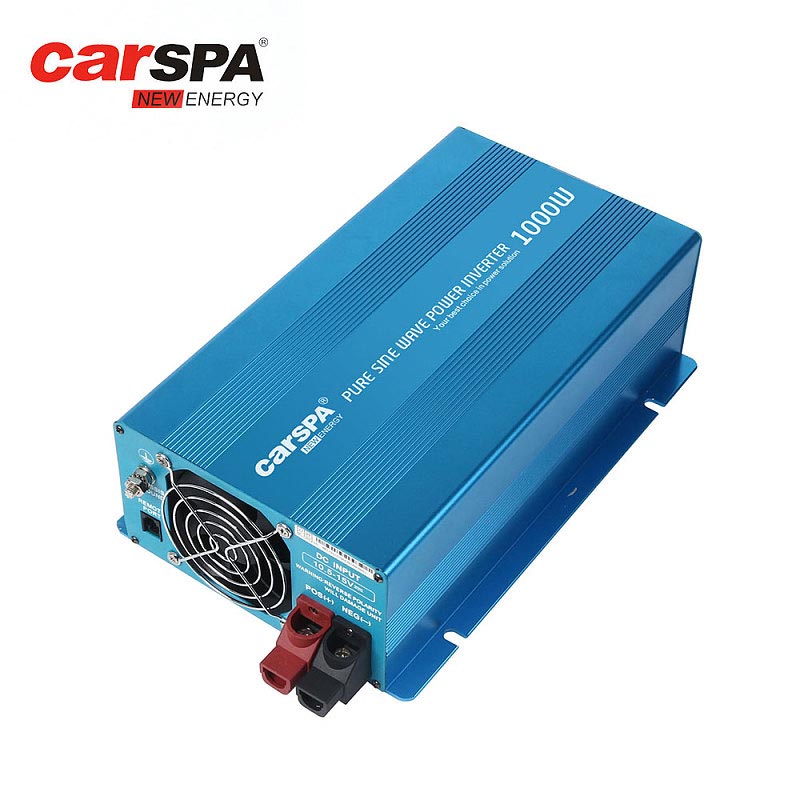
1. Power capacity: meeting demand is key
When purchasing a 1000 watt power inverter, you must first determine whether the power capacity meets your needs. Common equipment power is roughly as follows:
Laptop: 50-100 watts
Small refrigerator: 100-200 watts
TV: 150-300 watts
Microwave oven: 600-1000 watts
Power tools (drills, etc.): 500-1000 watts
Assuming you need to power a laptop, a small refrigerator, and a TV at the same time, plus a decent amount of headroom, a 1000 watt power inverter is more than adequate. However, if you need to run high-power equipment such as microwave ovens and power tools at the same time, it is recommended to choose a higher-power inverter or use its loads separately. It should be noted that the rated power of the inverter represents the continuous output power, and the peak power can usually reach 2 times the rated power.
For example, while camping, a 1000 watt power inverter can easily power devices such as laptops, cell phones, camping lights, and small refrigerators. However, if you plan to use power tools or high-power equipment at the same time, you need to carefully evaluate the actual power requirements of each device. The power capacity of the inverter is the key to determining your power supply, so you must fully understand the total power of the equipment you need to ensure that the inverter can meet the demand for continuous power supply.
2. Input voltage: Choose a suitable battery system
The inverter is usually connected to a battery system for power supply, and the input voltage is mostly 12V or 24V. Generally speaking:
12V system suitable for small automotive applications or small backup power supplies
24V systems are suitable for larger vehicle or home backup power supplies
48V systems are suitable for large backup power and solar systems
Make sure the input voltage of the selected inverter matches the battery system. For example, a 12V inverter cannot be used with a 24V battery, otherwise the device will be damaged.
For example, in car camping applications, 12V systems are the most common choice because most car batteries are 12V systems. For a larger RV or home backup power supply, a 24V system may be more suitable as it provides a more stable power supply at a lower current, thus reducing cable losses. At the same time, if you use a solar power generation system, you may need to cooperate with a 48V system, which can use solar energy more efficiently.
It is important to ensure that the input voltage range of the inverter is compatible with your battery system, otherwise it may cause the inverter to not work properly or even be damaged. For example, connecting a 12V inverter to a 24V battery system will cause the inverter to be momentarily overloaded, which can burn the device in severe cases. In addition, if you plan to expand the battery capacity to extend the power supply time, it is recommended to ensure that the input voltage range of the inverter can accommodate it.
3. Output voltage and waveform: ensure stable power supply
The output voltage of the inverter should be consistent with the needs of the target equipment, most inverters have an output voltage of 220V (or 110V). In addition, the waveform type affects the quality of power supply to the device:
Pure sine wave: Suitable for all devices, including sensitive electronic equipment such as laptops, medical equipment, etc.
Modified sine wave: Suitable for general equipment, but may affect the normal operation of sensitive equipment or even damage them.
If you need to power sensitive electronic equipment, it is best to choose a pure sine wave inverter (common brands of pure sine wave inverters on the market include CARSPA, AIMS Power, etc.). For example, in order to keep laptops, mobile phones and some precision medical equipment running safely during car journeys or emergencies, it is particularly important to choose a pure sine wave inverter. The output of the pure sine wave inverter is consistent with the waveform of the mains power supply, ensuring the normal operation of all equipment. However, due to the limitation of the output waveform of the modified sine wave inverter, it may cause the laptop screen to flicker, the printer to fail to operate normally, and even the equipment to be damaged. Therefore, for precision equipment, choosing a pure sine wave inverter can effectively avoid potential risks.
In addition, it is necessary to ensure that the output voltage of the inverter is stable. Some low-quality inverters may experience voltage instability when the load fluctuates, causing electrical equipment to fail to work properly or even be damaged. Therefore, choosing a high-quality inverter with stable output voltage can effectively ensure the quality of power supply.
4. Efficiency: Improve energy utilization
The efficiency of the inverter directly affects the battery life. Typical inverter efficiency ranges from 85% to 95%. If you choose a high-efficiency inverter, the battery power supply time will be significantly extended. Assuming you use a 12V 100Ah battery, it can theoretically provide 1200Wh of energy. If the inverter efficiency is 90%, it can actually supply about 1080Wh.
For example, while camping, assuming you need to continuously power a small 100-watt refrigerator, an inverter with 90% efficiency and a 12V 100Ah battery will provide about 10.8 hours of power. If the inverter efficiency is only 85%, the power supply time will be reduced to 10.2 hours. Therefore, improving inverter efficiency is crucial to extending battery life.
The main factors that affect efficiency include the inverter’s circuit design, cooling system, and power management system. High-efficiency inverters often use advanced electronic components and circuit designs to minimize losses in power conversion. At the same time, inverters with intelligent power management systems can automatically adjust their working status according to load requirements to improve overall efficiency. Therefore, choosing an inverter with an efficient power management system and high-quality components will significantly improve energy utilization.
5. Protection function: ensure the safety of equipment and inverter
High-quality inverters usually come with a variety of protection features, such as:
Overload protection: Automatically cuts off power when the load exceeds the rated power
Short circuit protection: Automatically cuts off power when short circuit is detected
Overvoltage/undervoltage protection: Automatic power off when the input voltage exceeds the specified range
Over-temperature protection: Automatically cuts off power when the temperature is too high
These functions can effectively protect the inverter and connected equipment from damage, ensuring long-term safety.
For example, in vehicle applications, because the voltage of the vehicle battery easily fluctuates due to engine starting and load changes, it is easy to cause the inverter input voltage to be unstable, causing under-voltage or over-voltage problems. Inverters with overvoltage/undervoltage protection can cut off the power supply in time when voltage fluctuates to prevent damage to the inverter and equipment. Similarly, the overload protection function will promptly cut off the power supply when the load exceeds the rated power to prevent the inverter from being damaged due to overload work.
In addition, short circuit protection and over-temperature protection are also very important functions. Short-circuit protection can promptly cut off power when electrical equipment fails or the circuit is short-circuited to avoid the risk of fire or inverter burnout. The over-temperature protection function can automatically stop working when the inverter temperature is too high to prevent overheating damage to the inverter due to long-term high-load operation. Therefore, choosing an inverter equipped with complete protection functions is the key to ensuring long-term stable use.
6. Cooling system: heat dissipation performance affects lifespan
The inverter generates heat when it is working, especially when it is fully loaded. Therefore, it is important to choose an inverter with an effective cooling system. Typically, inverters are equipped with fans for cooling, but the fan noise can be annoying. High-quality inverters are usually equipped with temperature-controlled fans that will only start when the temperature is too high, effectively reducing noise. For example, CARSPA’s 1000 watt power inverter features a low-noise temperature-controlled fan, making it ideal for in-vehicle and home use.
Fan cooling systems are usually divided into two types: constant fans and temperature-controlled fans. The constant fan always runs when the inverter is turned on, ensuring that the inverter continues to dissipate heat, but it is noisier. The temperature-controlled fan will automatically adjust its operating status according to the inverter temperature and stop running when the temperature is low, significantly reducing noise. Quality inverters often come with temperature-controlled fans to provide a quieter working environment.
In addition, some high-efficiency inverters adopt a fanless passive cooling design and use large-area aluminum alloy heat sinks or efficient thermal conductive materials to improve the heat dissipation effect. For example, some 1000 watt power inverters use a honeycomb heat dissipation design, which greatly improves heat dissipation performance and can maintain a good temperature without a fan.
The choice of cooling system not only affects the noise level of the inverter, but is also directly related to the service life of the equipment. A high-quality cooling system can effectively reduce the temperature of the inverter and extend the service life of its components. Therefore, it is very important to ensure that the inverter has an efficient and quiet cooling system.
7. Convenience of installation and use: ease of use and adaptability
Ease of installation and use are also important considerations when purchasing. The inverter should provide:
Clear terminal blocks or cable connections
Battery and load connection instructions
Remote control or display to monitor input/output voltage, battery level, and load power
Some inverters are equipped with a remote control or remote control function, which allows users to check the status of the inverter or control the switch at any time. For example, some inverters are equipped with color markings or clear labels to help users connect batteries and loads accurately and avoid wiring errors. At the same time, clear instructions or connection guides allow users to quickly get started using the inverter without complex technical knowledge.
Inverters equipped with remote control or display screen enable users to monitor battery power, input/output voltage and load power in real time to ensure the stability of the power supply system. For example, some inverters are equipped with an LCD display that provides intuitive voltage, battery level and power information, allowing users to understand the power supply status at any time. The remote control function allows users to control the inverter through the remote control or mobile app in the car or indoors, without having to operate near the device.
Therefore, choosing an inverter with clear terminals, complete instructions and convenient control functions will not only improve the convenience of installation and use, but also ensure the stability and reliability of the power supply.
8. Dimensions and weight: adapt to installation space
The size and weight of the inverter must fit into its intended installation space. 1000 watt power inverter are usually around 3-5kg, but there are differences in size between brands and models. Before choosing, make sure it will fit the installation location and leave enough space for heat dissipation.
For example, a car inverter usually needs to be installed near the driver's seat or trunk, so the size and weight need to fit within the installation space in the car. Inverters for home backup power are usually placed in battery rooms or storage rooms. The volume and weight requirements are relatively low, but the connection to the battery system and the heat dissipation space still need to be considered.
In addition, it is necessary to ensure that the inverter can remain stable in the installation position and will not fall easily due to bumps or movements of the vehicle. For example, some inverters are equipped with mounting brackets or screw holes to facilitate fixing them to a vehicle or wall to ensure stability. At the same time, the heat dissipation space of the inverter is also a factor that needs to be considered. It is usually recommended to maintain at least 10 cm of heat dissipation space around the inverter to ensure its heat dissipation performance.
9. Price: Cost-effectiveness is also key
Price is a key concern for many people. Prices for 1000 watt power inverters vary widely, depending on brand, features, and quality. Generally, the price of modified sine wave inverter is 200-300 yuan, while the price of pure sine wave inverter is 500-1000 yuan. The choice needs to be balanced based on needs and budget.
For example, if it is just for camping or car emergency power, a modified sine wave inverter may be sufficient and relatively affordable. And if you need to power sensitive equipment or as a home backup power supply, a pure sine wave inverter is a better choice. Although the price is slightly higher, it can provide more stable power supply quality.
In addition, the price is closely related to the features and quality of the inverter. Inverters with complete protection features, remote controls or displays are usually more expensive but offer a more comprehensive experience and safety. At the same time, inverters from well-known brands usually undergo more stringent quality testing and certification, and although they are more expensive, they can ensure long-term stable use.
Therefore, when purchasing an inverter, you should comprehensively consider its brand, functionality, and quality, and choose the most cost-effective product based on actual needs and budget.
10. Compatibility: Ensure device suitability
Not all inverters can power all devices. Some equipment, such as medical equipment or sensitive electronic equipment, have very high requirements on power supply quality. Therefore, before purchasing, you need to ensure that the inverter is compatible with the target equipment to avoid equipment damage due to inappropriate voltage or waveform.
For example, medical equipment and precision electronic equipment have high requirements on power supply quality, and pure sine wave inverters need to be selected to ensure power supply quality. Some power tools or household appliances may have special requirements for voltage range and power, so it is necessary to ensure that the output voltage and power of the inverter meet the needs of the equipment.
In addition, some inverters have USB interfaces that can directly power small electronic devices such as mobile phones and tablets. However, the output current and voltage of the USB interface of different brands and models vary, so it is necessary to ensure that the USB interface of the inverter is compatible with the target device to avoid insufficient power supply or damage to the device.
At the same time, in vehicle applications, the compatibility of the inverter with the vehicle battery system is also very important. It is necessary to ensure that the input voltage of the inverter matches the car battery system and has sufficient input power to ensure power supply stability.
11. Durability and quality: look at brand and warranty
When purchasing an inverter, you should choose a quality-certified brand to ensure its durability and service life. Common quality certifications include CE, RoHS, FCC, etc. In addition, choosing a product with a longer warranty can ensure your rights. For example, CARSPA offers a two-year warranty, providing users with better after-sales service.
Brand and quality certification are important references when choosing an inverter. Well-known brands usually undergo more stringent quality testing and certification, such as CE, RoHS, FCC and other international certifications, to ensure that the inverter complies with various electrical safety and environmental protection standards globally. At the same time, inverters produced in factories with ISO 9001 certification generally have higher quality and stability.
In addition, the warranty period and after-sales service of the inverter are also key to measuring its quality and durability. High-quality brands usually provide a 1-2 year warranty and have a complete after-sales service system to ensure that users can receive timely technical support and repair services when they encounter problems. For example, some brands of inverters are equipped with remote technical support or repair centers to provide users with more convenient after-sales services.
Therefore, when choosing an inverter, you should give priority to well-known brands and certified products, and ensure that their warranty period and after-sales service meet your needs.
12. Noise level: silent experience is better
The noise of the inverter mainly comes from the cooling fan. Although inverters are generally not excessively noisy, if used for vehicle or indoor backup power, noise levels still need to be concerned. Choosing an inverter with a temperature-controlled fan can effectively reduce noise and provide you with a quieter electricity experience.
For example, when traveling by car, the noise level of the inverter directly affects the driving and riding experience. The temperature-controlled fan can automatically adjust the fan speed according to the temperature status of the inverter and stop running under low load or low temperature conditions to achieve silent operation. Under high load or high temperature conditions, the fan will gradually increase the speed according to the temperature to ensure that the inverter remains within a safe temperature range.
At the same time, some inverters adopt a fanless design to achieve passive heat dissipation through large-area heat sinks or efficient thermal conductive materials, completely eliminating fan noise. For example, some inverters adopt a honeycomb heat dissipation design to achieve efficient and silent heat dissipation through a large number of heat dissipation holes and efficient thermal conductive materials.
In addition, the noise level of an inverter is also affected by its circuit design and power management system. High-quality inverters usually use low-noise circuit design and intelligent power management systems to ensure power supply quality while reducing overall noise levels. Therefore, choosing an inverter with a temperature-controlled fan, passive cooling design, and low-noise circuitry will significantly improve your experience.
13. User reviews: word-of-mouth is also an important reference
Finally, checking out reviews and feedback from other users can help you get a better idea of the actual performance and reliability of your inverter. Carefully reading user reviews from online stores or forums can help you make a more informed choice.
User reviews usually include comprehensive feedback on the inverter's power capacity, output voltage, waveform, efficiency, protection functions, noise level and after-sales service. For example, some users may share their actual usage experiences while camping or traveling in a car, providing important reference on the power capacity and stability of the inverter. Some users will describe the inverter's noise level, heat dissipation effect and ease of use in detail to help you better understand the product's advantages and disadvantages.
At the same time, user reviews can also provide actual feedback on after-sales service and warranty policies. Some users who have purchased may share their repair experience when the inverter fails and provide important information about the quality of the brand’s after-sales service. These can provide good reference opinions and help you select products with better reputations. Serve.
Conclusion
To sum up, when purchasing a 1000 watt power inverter, factors such as power capacity, input voltage, output waveform, efficiency, protection functions, ease of installation, and price should be considered. Finally, the editor hopes that through the detailed explanation in this article, I can provide you with a small amount of power to help you choose the most suitable 1000 watt power inverter for you, making your outdoor journey and home backup power supply more stable and reliable.


